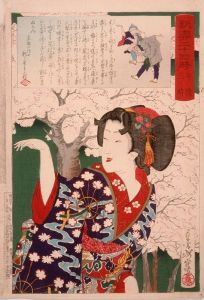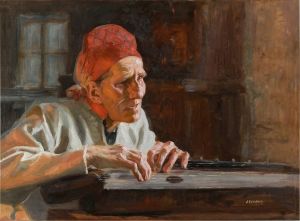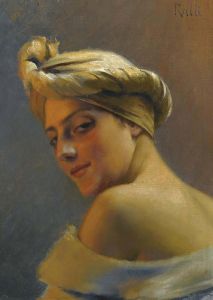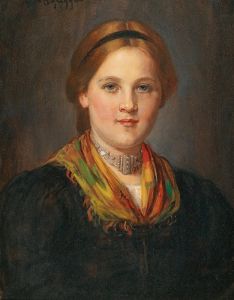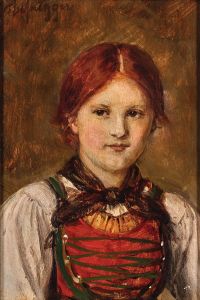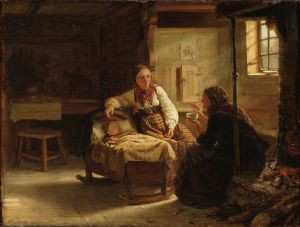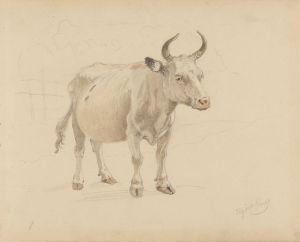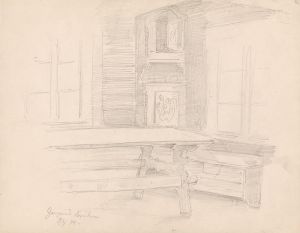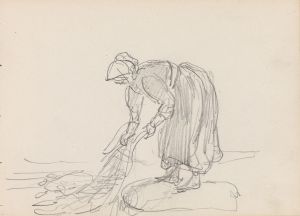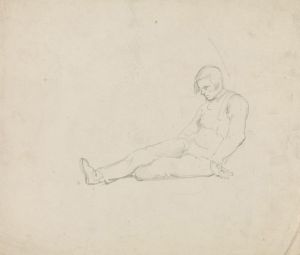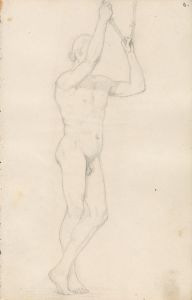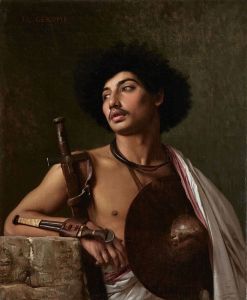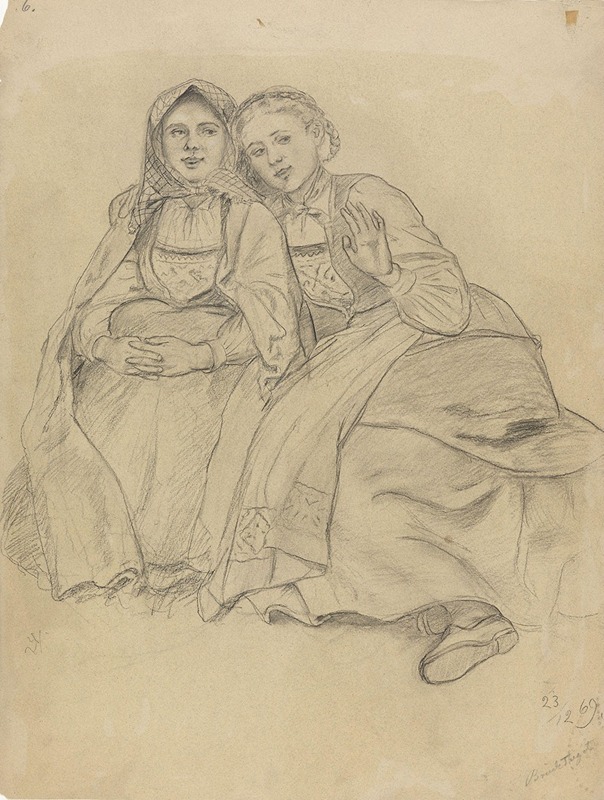
To sittende bunadskledde jenter
A hand-painted replica of Adolph Tidemand’s masterpiece To sittende bunadskledde jenter, meticulously crafted by professional artists to capture the true essence of the original. Each piece is created with museum-quality canvas and rare mineral pigments, carefully painted by experienced artists with delicate brushstrokes and rich, layered colors to perfectly recreate the texture of the original artwork. Unlike machine-printed reproductions, this hand-painted version brings the painting to life, infused with the artist’s emotions and skill in every stroke. Whether for personal collection or home decoration, it instantly elevates the artistic atmosphere of any space.
Adolph Tidemand was a prominent Norwegian painter in the 19th century, known for his detailed and culturally rich depictions of Norwegian life and traditions. One of his notable works is "To sittende bunadskledde jenter," which translates to "Two Seated Girls in National Costumes." This painting is a fine example of Tidemand's dedication to portraying Norwegian folk culture and his skill in capturing the essence of rural life in Norway.
Adolph Tidemand was born on August 14, 1814, in Mandal, Norway. He studied art in Copenhagen and later in Düsseldorf, Germany, which was a major center for art and culture during that period. Tidemand became associated with the Düsseldorf school of painting, which emphasized detailed realism and often focused on historical and genre scenes. His works are characterized by their attention to detail and their ability to convey the cultural and social aspects of Norwegian life.
"To sittende bunadskledde jenter" is a painting that exemplifies Tidemand's interest in Norwegian national identity and his commitment to documenting traditional customs. The painting features two young girls dressed in bunads, which are traditional Norwegian costumes. Bunads are often worn during national celebrations, weddings, and other significant cultural events, and they vary by region, each with its unique design and color scheme. The bunad is a symbol of Norwegian heritage and pride, and Tidemand's depiction of these costumes highlights his dedication to preserving and celebrating Norwegian culture.
In this painting, the two girls are seated, suggesting a moment of rest or contemplation. Tidemand's use of light and shadow adds depth to the scene, while his attention to the intricate details of the bunads showcases his skill as a painter. The background of the painting is typically subdued, allowing the viewer to focus on the figures and their traditional attire. This focus on the subjects and their clothing reflects Tidemand's interest in the human aspect of his work and his desire to capture the essence of Norwegian rural life.
Throughout his career, Tidemand traveled extensively throughout Norway, gathering inspiration and material for his paintings. His works often depict scenes from everyday life, religious ceremonies, and historical events, all infused with a sense of national pride and cultural identity. Tidemand's paintings played a significant role in the national romantic movement in Norway, which sought to promote and preserve Norwegian culture and history during a time of increasing modernization and change.
"To sittende bunadskledde jenter" is a testament to Tidemand's ability to blend artistic skill with cultural documentation. His work remains an important part of Norway's artistic heritage, offering a window into the country's past and its rich traditions. Adolph Tidemand passed away on August 25, 1876, but his legacy continues through his paintings, which remain celebrated for their contribution to Norwegian art and culture.





